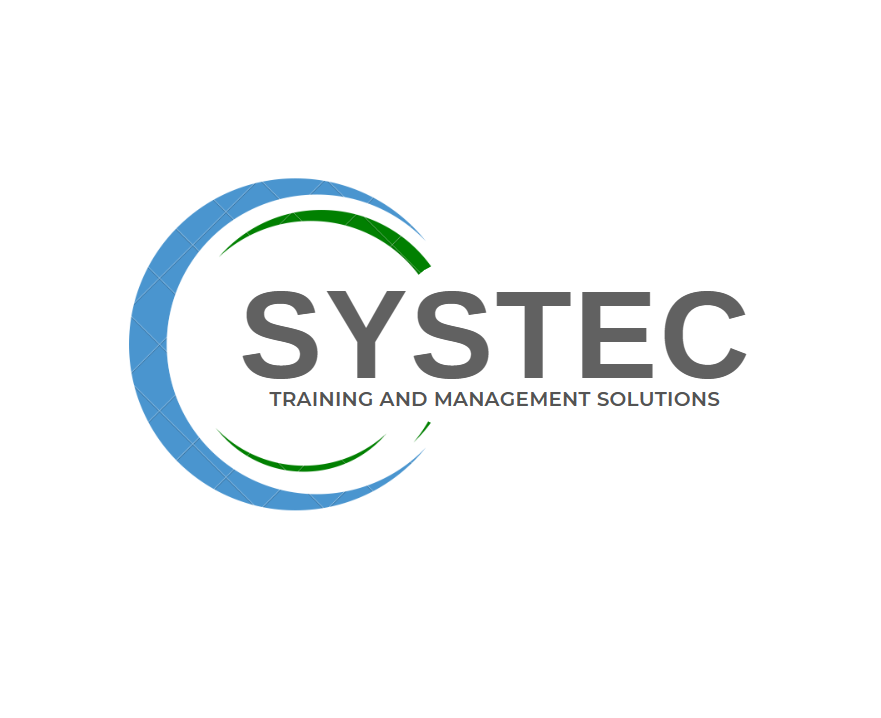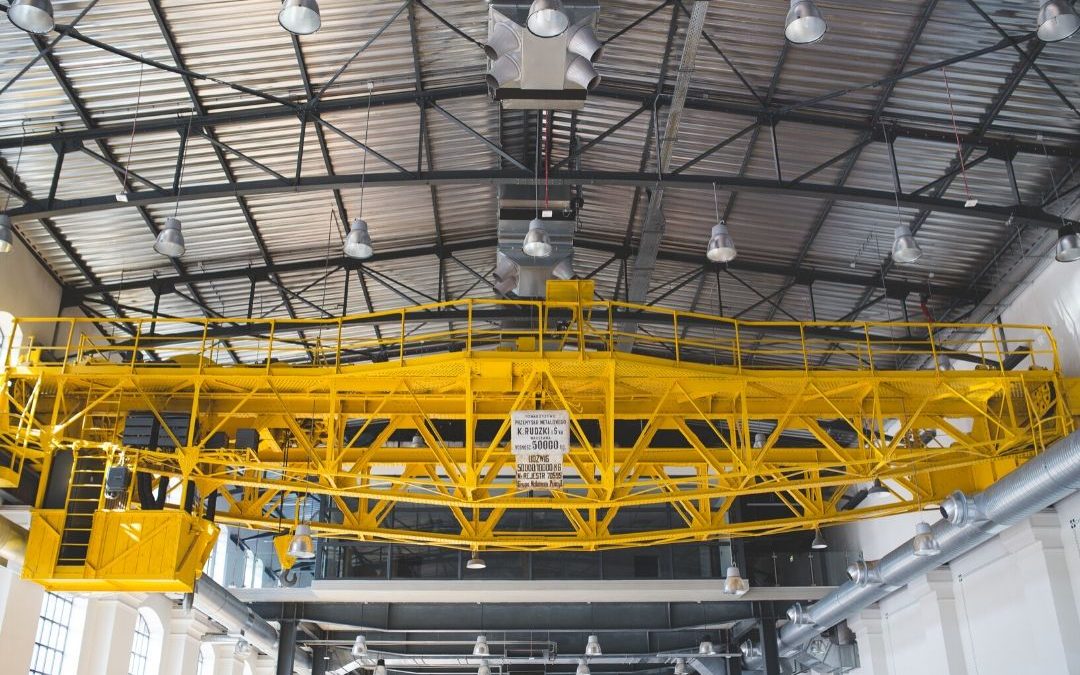RIIHAN305D Operate a gantry or overhead crane is a nationally accredited VET unit. For participants with no industry experience nominal hours are 40. Prior to the commencement of the course participants will be issued with pre-reading.
This course provides participants with the relevant knowledge and skills required to operate a gantry or overhead crane in accordance with relevant work health and safety act (WHS)/occupational health and safety (OHS)
This non-licensed course is suitable for operators of a bridge or gantry crane which has no more than three powered operations e.g. traverse, travel and hoist; where the exercise of judgement is not required when slinging a load; and where there is no need to direct the bridge or gantry crane operator in the movement of a load which is out of view of the operator.
Entry Requirements
There are no prerequisite skills or education required to undertake the unit, however, it is advisable participants have a basic level of literacy, numeracy and communication skills.
Structure
This course consists of one (1) unit of competency: RIIHAN305D
Delivery
Actual delivery time is broken into approximately 5 hours of face to face class time including a written assessment and participant demonstration of knowledge and skills specific to operating a gantry or an overhead crane, with additional hours allocated to personal study time prior to the class
This unit is taken in conjunction with RIIHAN203D Conduct Lifting Operations
Assessment
The competency of attendees is confirmed with a written assessment and a practical assessment, both of which must be successfully completed.
A Statement of Attainment (and wallet card) can only be issued after the trainee has successfully completed the written assessment and the trainer has observed the trainee to operate a gantry or overhead crane correctly.
Outcomes
Students will develop knowledge and skills in:
- Accessing, interpreting and completing crane operating documentation
- Hazard identification
- Risk management
- Inspection to the selection of the correct tools and equipment.
- Load calculation
- Hand and whistle communication
- Applicable legislation
Contact us

